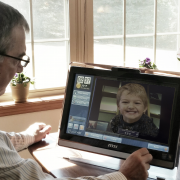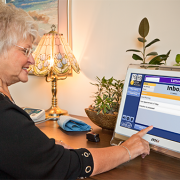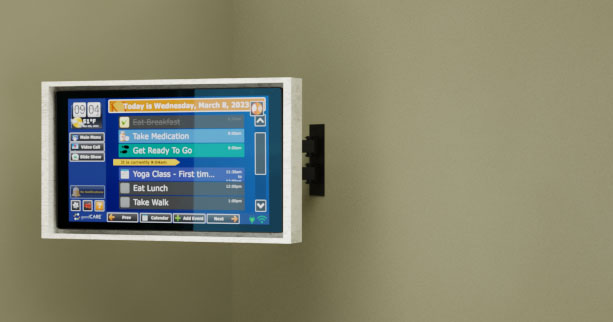GrandCare Targeted as Must Have Comprehensive Tool According to Writer, Christine Halaba
Through the years, different generations found ways to help their elders cope with aging and its effects. The efforts of recent generations led to fruitful solutions such as the birth of home health care in Chicago and other parts of America. This allowed seniors to receive the health care services that they need in the comfort of their own homes. Aside from this, today’s generation has another weapon in its arsenal – technology.
We are living in a digital world, so it’s no surprise that several outstanding individuals found ways to create devices that are meant to aid the older portion of the population with their needs. These genius innovations are meant to assist aging adults – with the help of their caregivers – as they face the challenges of aging. If you are looking to equip your loved ones with necessary items to help ease the obstacles of growing old, check the gadgets below:
Medical Alert System
Several difficulties arise as people grow older and one of these is problems with mobility or balance. Older people are likely to fall down and injure themselves. In case this happens to your loved one, how will she be able to ask for help? Medical alert system, or Personal Emergency Response System (PERS), allows your loved one to contact you or her caregiver in case of an emergency.
Thanks to constant innovations, the PERS gadgets available in the market today are wireless and more mobile. You won’t have to worry anymore whenever your aging parents are out of your sight because they now have a means to contact you. At the same time, your parents will be at ease about moving around freely because they know that you are only a click away.
Automatic Pill Dispensers
Sometimes, people decide to hire home care because their loved one is becoming forgetful. This is especially problematic when your loved one has to take different medications for their ailments every day. With all those medicines, it might be difficult for her to remember which one to take at what time.
Good thing electronic pill dispensers are now available in the market. Electronic pill dispensers doesn’t only dispense pills, you can also set them to remind your loved one what medicine to take at what time. Not only that – this gadget can also alert you when your stock is running low! An automatic pill dispenser will allow your loved one to easily get her medicine and reduce the risk of forgetting when to drink them.
Pre-Programmed Phones
Most people rely on smartphones to stay connected with their friends and families anywhere. Despite this, older adults tend to shy away from phones. It can be difficult to convince your elders to use mobile phones because they sometimes find it too complex. That’s why the arrival of senior-friendly phones in the market is such good news.
Mobile phones are a good way to be in contact with your loved one especially if they are out visiting their friends or just strolling around the mall. Plus, it has other applications that can entertain your loved one like music and games. Just make sure that before you give the phone, your number, any of your immediate family member, and your caregiver’s are already pre-programmed in the phone directory.
GrandCare Systems
The three devices stated above are just some of the gadgets that your loved ones should possess at all to help them cope with the effects of aging. Although if you want, there is one tool that can deliver all the benefits of the said three gadgets and more! The GrandCare Systems is an advantageous device that allows your parents to contact their family and friends, view medication reminders, and access information. Basically, it combines the advantages of many separate devices into one tool!
Despite its many uses, your parents don’t have to be tech savvy in order to use GrandCare. In addition, you can access the care portal using any device and leave notes and reminders or just check on your parents. GrandCare is your parents’ all in one tool for communication and information.
Today’s generation is using technology wisely to create devices that will aid the older population as they deal with the effects of aging. Just remember that these tools are not meant to fully replace caregivers, rather, to help them assist an aging person. Before you buy any of the gadgets listed above, remember to discuss it with your loved ones first. Including them in the decision-making process – especially one that involves them – is a must.
Author Bio
Christine Halaba is a Communications degree holder and a freelance writer from the Philippines. Her contributions as a writer can be seen in different blogs for home care, advertising, and health and wellness. Her hobbies include leisure and traveling.

















